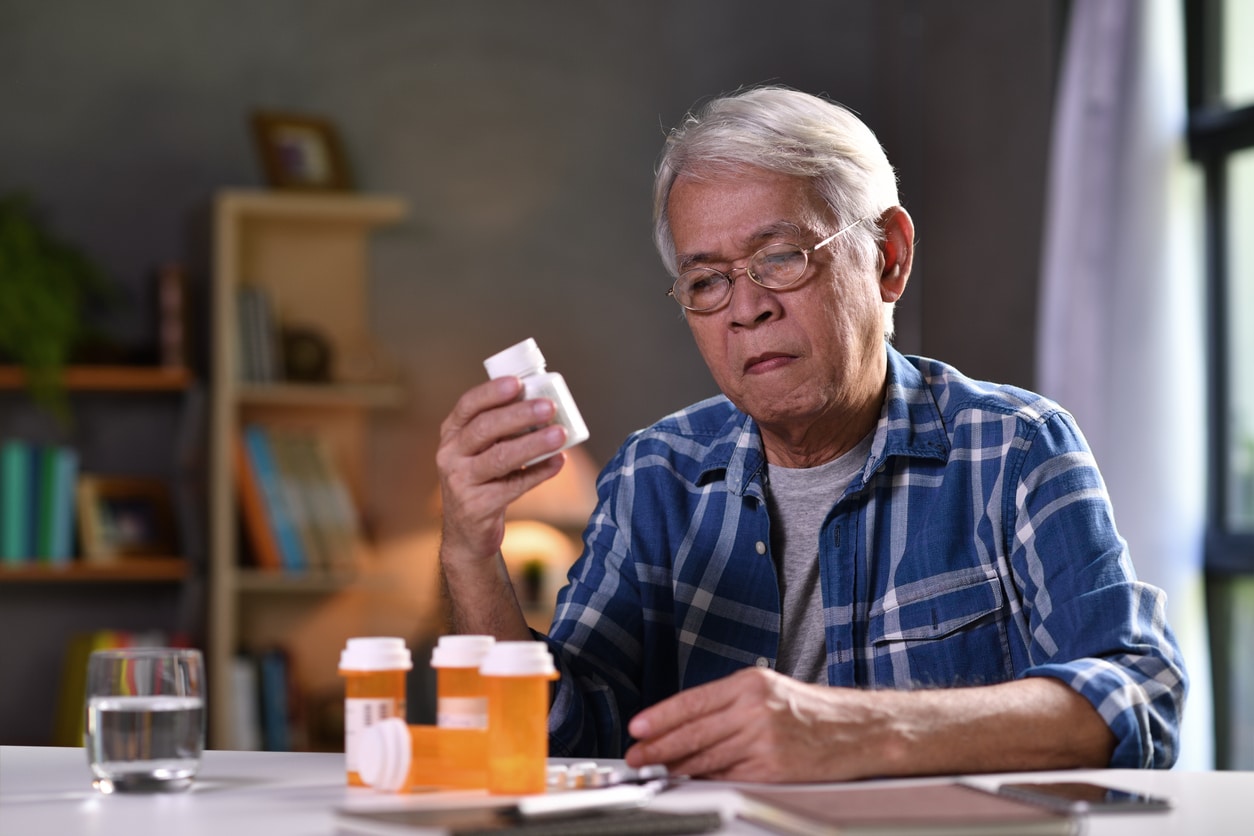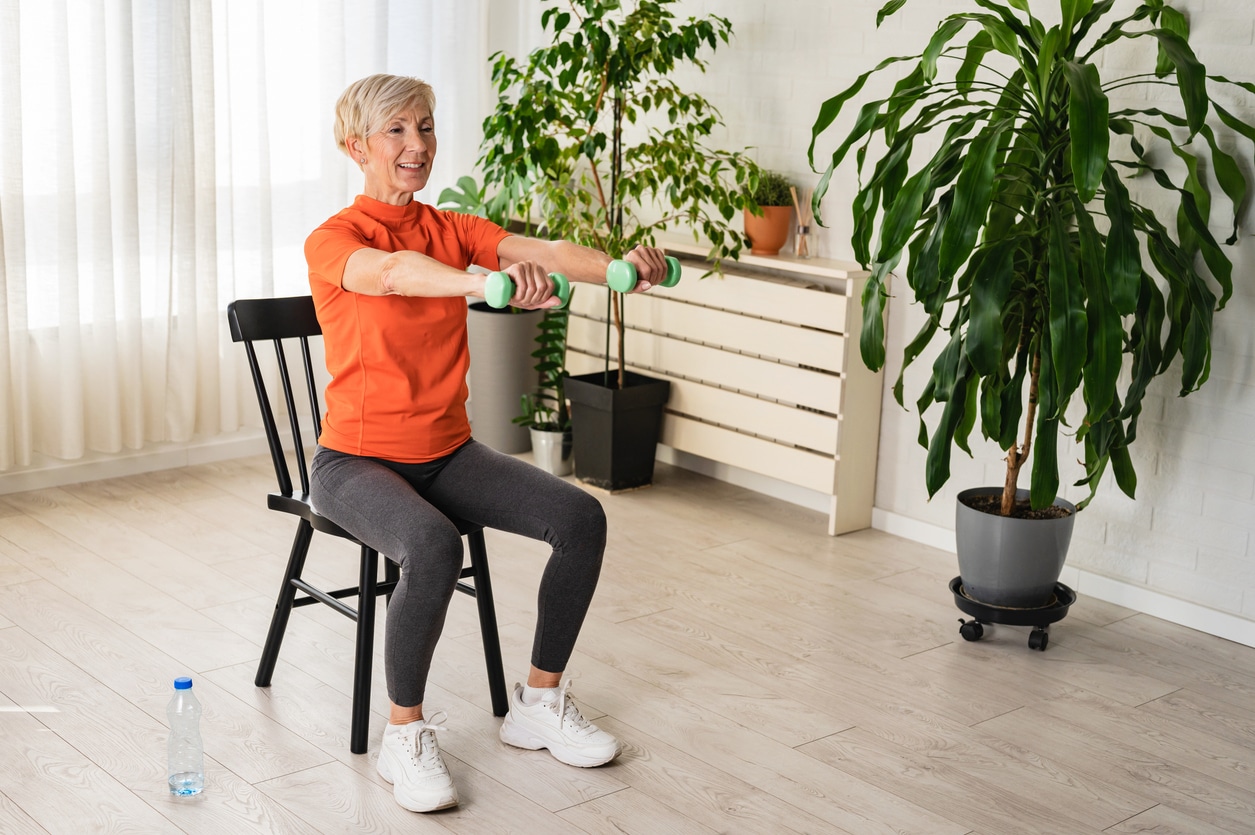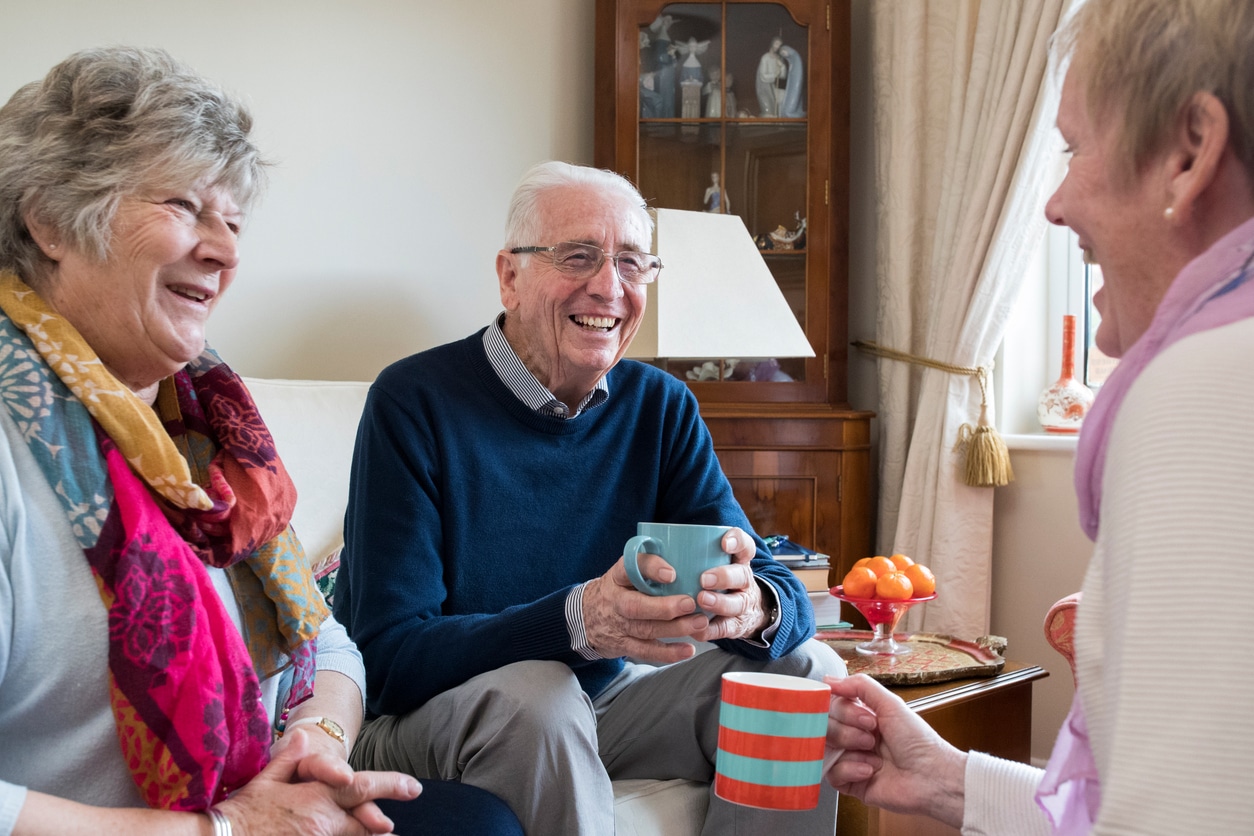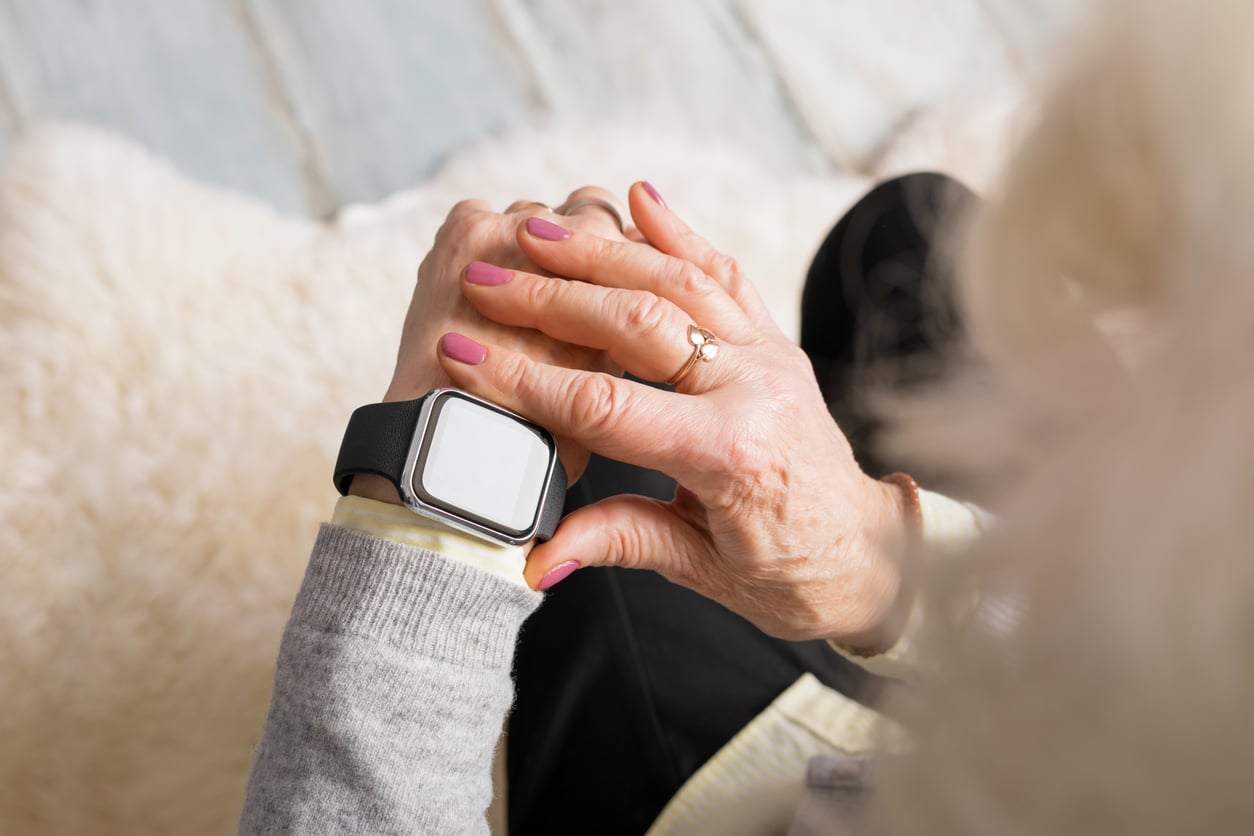Experiencing a stroke can be a life-altering event, leaving individuals grappling with a myriad of challenges as they navigate the path to recovery. Beyond the physical limitations, strokes often bring about emotional turmoil and adjustments to daily routines. However, with the right support system in place, seniors can still lead fulfilling lives post-stroke.
Providing Comprehensive Assistance after a Stroke
Prioritize Safety and Accessibility
Ensuring a safe and accessible environment is paramount for seniors recovering from a stroke. Simple tasks like navigating through the home or preparing meals can become daunting due to mobility issues and cognitive impairments. To mitigate risks, consider making modifications such as installing grab bars in bathrooms, widening doorways to accommodate mobility aids, and rearranging furniture to create clear pathways. Additionally, addressing potential hazards like loose rugs or uneven surfaces can significantly reduce the risk of falls.
Beyond physical safety, it’s essential to promote emotional well-being by fostering a supportive and understanding atmosphere. Stroke survivors may experience a range of emotions, including frustration, anxiety, and depression, as they adjust to their new circumstances. Offering a listening ear, validating their feelings, and providing reassurance can make a world of difference in their recovery journey.
Empowerment Through Rehabilitation and Adaptation
Rehabilitation plays a crucial role in the recovery process following a stroke. Encourage your loved one to participate in physical therapy sessions and adhere to prescribed exercises to regain strength, mobility, and independence. Additionally, assistive devices such as mobility aids, adaptive utensils, and communication tools can empower seniors to perform daily tasks with greater ease.
Moreover, promoting cognitive stimulation through activities like puzzles, reading, or engaging in hobbies can help maintain cognitive function and improve overall quality of life. Emphasize the importance of setting realistic goals and celebrating progress, no matter how small, to instill a sense of achievement and motivation.
Enhancing Social Connections and Engagement
Social isolation is a common challenge for stroke survivors, which can exacerbate feelings of loneliness and depression. Encourage your loved one to stay connected with friends, family, and community groups to combat isolation and foster a sense of belonging. This could involve organizing regular visits, arranging transportation for social outings, or exploring virtual platforms for online social interactions.
Furthermore, engaging in meaningful activities and pursuing hobbies can provide a sense of purpose and fulfillment. Whether it’s gardening, painting, or attending group fitness classes tailored to seniors, finding activities that bring joy and satisfaction can greatly contribute to overall well-being.
Utilize Technology for Added Support
Incorporating technology into caregiving can offer additional support and peace of mind for both seniors and their caregivers. Medical alert systems, smart home devices, and telehealth services can provide fast assistance in case of emergencies, monitor vital signs remotely, and facilitate communication with healthcare providers.
Additionally, digital platforms and apps designed for stroke recovery offer resources such as exercise tutorials, symptom tracking tools, and educational materials to support ongoing rehabilitation efforts.
Empowering Seniors in Stroke Recovery
Supporting seniors after a stroke requires a holistic approach that addresses their physical, emotional, and social needs. By prioritizing safety, empowerment through rehabilitation, enhancing social connections, and leveraging technology, you can help your loved one navigate the challenges of stroke recovery with resilience and dignity. Together, you can embark on a journey towards renewed independence, purpose, and quality of life.




